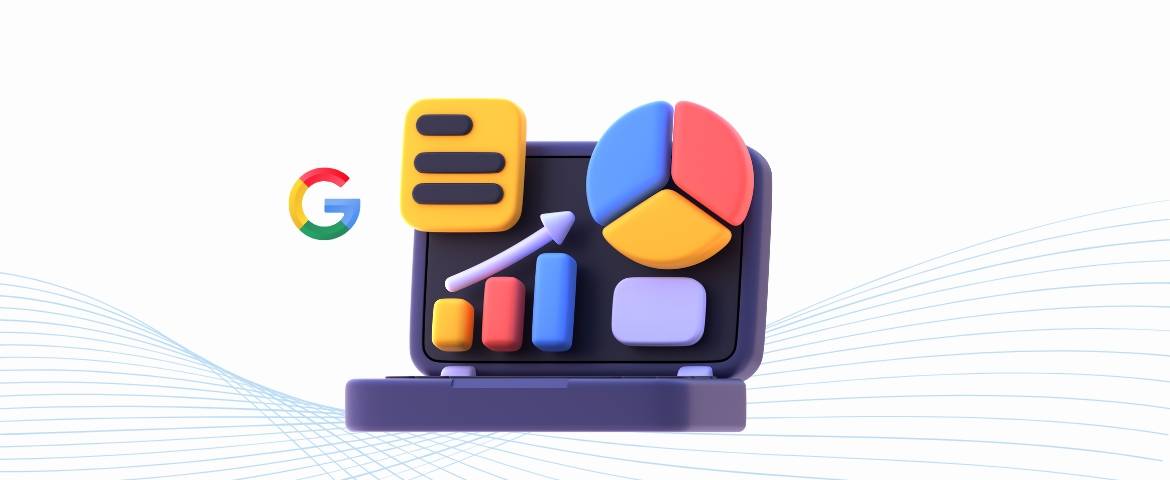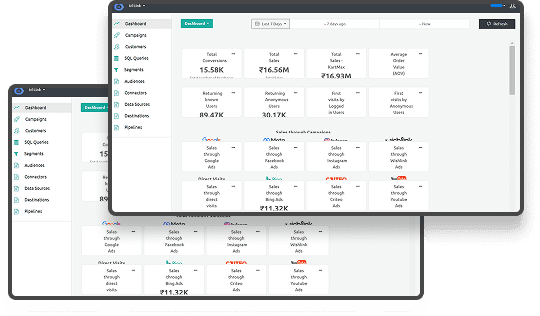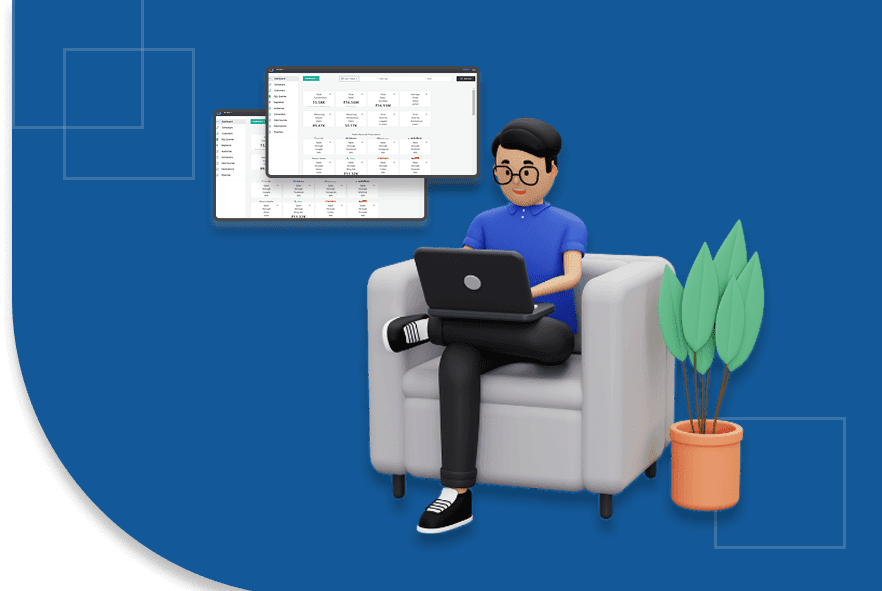Understanding Consent Mode V1 vs V2: Key Differences and Importance
Are You Prepared for the Evolving Landscape of Data Privacy Compliance?
In the United States, the regulatory environment surrounding data privacy is undergoing rapid changes. As of early 2025, over 20 states have enacted or are in the process of enacting consumer data privacy laws, each with its own set of consent requirements and enforcement mechanisms. This fragmented landscape presents significant challenges for businesses striving to maintain compliance across multiple jurisdictions.
For instance, states like California and Colorado have implemented stringent opt-in consent models, whereas others, such as Utah and Iowa, adopt more lenient opt-out approaches. Such disparities can lead to confusion among consumers and increased compliance burdens for businesses operating across state lines.
This evolving regulatory framework underscores the necessity for businesses to adopt flexible and scalable solutions to manage user consent effectively. Consent Mode V2 offers a comprehensive approach to managing this complex landscape, allowing companies to tailor their data collection practices to meet the varying requirements of state laws and consumer preferences.
In this blog, we will explore the key differences between Consent Mode V1 and V2, focusing on enhancements in granular consent management, event-level tracking, and cross-platform compliance.
What is Consent Mode?
Consent Mode is a feature designed to help businesses comply with privacy regulations by adjusting data collection practices based on users' consent decisions. This feature manages Google tags like Analytics and Ads, based on user permission preferences..
In an era where privacy issues dominate discussions, Consent Mode enables businesses to comply with legal requirements such as GDPR and CCPA. It provides website proprietors the ability to monitor specific user behaviors while honoring user preferences, even in scenarios where cookies are not consented to.
Next, let’s take a look at how Consent Mode V1 set the stage for current consent management practices, and what limitations businesses faced with this version.
Consent Mode V1
When Consent Mode V1 was introduced, it provided a basic solution for handling user consent. It provided a simple binary choice for users—either opt in to tracking cookies or opt-out entirely. While this was a step forward in privacy compliance, it came with several limitations:
- Limited Tracking Capabilities: In V1, if a user denied consent, the tracking scripts would be blocked entirely, meaning businesses couldn’t track conversions or user behavior, even if the user interacted with the website.
- Lack of Granularity: V1 offered no fine control over different types of consent. Users were either all-in or all-out, making it hard to manage compliance across multiple privacy regulations.
- Inaccurate Attribution: For e-commerce and advertising businesses, V1 created problems in conversion attribution. Without sufficient data on user interactions, businesses struggled to understand which touchpoints were most effective in driving conversions.
For example, a marketing agency running ads for e-commerce clients in the EU using V1 could have experienced significant data loss due to a lack of conversion tracking for non-consenting users, leading to inaccurate ROI assessments.
To overcome these limitations, let’s now examine how Consent Mode V2 builds upon V1 and provides businesses with the flexibility they need to stay compliant and better track customer behavior.
Read: What You Need to Know About Consent Management
Consent Mode V2
Consent Mode V2 builds on the foundation laid by V1, offering a host of new features to give businesses the flexibility they need to thrive in the current data privacy landscape:
- Granular Consent Management: V2 enables businesses to request consent for specific categories of cookies (e.g., analytics, advertising) rather than a blanket yes/no option. This helps businesses to comply with varying regional regulations that have different requirements for tracking and reporting.
- Event-Level Tracking: With V2, even if users don’t consent to cookies, businesses can still measure key events, such as form submissions, page views, and other actions, enabling them to track conversions without fully violating user privacy.
- Cross-Platform Compliance: V2 supports enhanced integration with multiple global privacy laws, making it easier for businesses to manage compliance across regions. It also enables users to manage consent at an individual level, making it more adaptable for multinational companies.
The new features in V2 make it a more robust solution for companies that need to comply with GDPR and other global regulations, while still collecting valuable data for marketing optimization.
Now that we've broken down what V2 offers, it’s time to directly compare it with V1 so that businesses can see the advantages of upgrading.
Side-by-Side Comparison of V1 and V2
Understanding the critical differences between Consent Mode V1 and V2 is important, as businesses manage modern data privacy challenges. Understanding these differences helps ensure a seamless transition to a more robust and compliant tracking system. Here’s a direct comparison of Consent Mode V1 and V2:
| Feature | V1 | V2 |
| Granularity of Consent | Basic (all-or-nothing) | Advanced (category-based consent) |
| Conversion Tracking | Blocked if no consent | Event-level tracking possible with partial consent |
| Regional Compliance | Limited flexibility (e.g., only basic GDPR) | Fully supports GDPR, CCPA, and other evolving laws |
| Data Reporting | Inaccurate insights from limited data | Accurate reporting, even with partial consent or limited tracking |
| User Control | Limited (only opt-in or opt-out) | Customizable consent levels (e.g., analytics vs. marketing cookies) |
| Cookie Management | Entirely blocked for non-consenting users | Allows non-cookie-based data tracking for compliant user consent management |
| Integration Flexibility | Difficult to adapt to various global data regulations | Highly adaptable, supporting multi-regional setups and various consent structures |
| Attribution Accuracy | High risk of skewed attribution data due to lack of full consent | Improved attribution with partial consent data, preserving conversion tracking |
| Implementation Complexity | Easier to implement, but lacks flexibility | More complex setup, but delivers much higher compliance and flexibility |
For example, when running a marketing campaign that targets both US and EU customers, V2 allows businesses to comply with GDPR in Europe while still collecting valuable data in the US, where consent laws are less stringent. This adaptability makes it easier to run cross-border campaigns without compromising compliance.
Now that we’ve outlined the differences between V1 and V2, let’s take a closer look at the specific advantages of upgrading to V2 and why it’s more important than ever for businesses to make the switch.
Read: How Ethical Data Collection Builds Trust and Fuels Business Growth
Why Upgrade to Consent Mode V2?
Upgrading to Consent Mode V2 is no longer a matter of choice for businesses concerned with data privacy and compliance; it’s a necessity. As the regulatory landscape becomes more complex, staying ahead of the curve is crucial for avoiding costly mistakes. Here’s why you need to transition to V2:
1. Better Compliance with GDPR and CCPA
The ever-growing scrutiny of data privacy practices means that businesses must adapt to increasingly stringent regulations.
V2 provides businesses with better mechanisms for managing user consent, offering full compatibility with GDPR, CCPA, and other emerging data protection laws. With V2, your business can reduce the risk of data breaches, ensure user transparency, and mitigate the chance of costly fines due to non-compliance.
Ingest ID helps businesses maintain first-party identifiers, ensuring transparency while adhering to GDPR and other relevant privacy regulations. By managing these identifiers effectively, businesses can optimize customer journey data while complying with privacy laws.
2. Improved Conversion Tracking
One of the significant benefits of V2 is the ability to track conversion events even when users opt out of cookies. This flexibility is crucial for businesses that rely on monitoring meaningful interactions, such as purchases, form submissions, and video views, regardless of users' consent preferences. This ensures more accurate attribution, enabling businesses to optimize their digital marketing efforts more effectively.
Ingest IQ ensures precise tracking, even in a cookieless environment, by leveraging server-side tracking that bypasses traditional browser limitations. This guarantees that key events are captured and attributed accurately, even without cookies, driving better insights for your campaigns.
3. Enhanced User Trust
Trust is a critical element of modern business, especially in the digital age. With V2, users have more control over their data. By offering customizable consent options, companies can demonstrate their respect for user privacy, resulting in stronger customer loyalty. Users who know their privacy preferences are respected are more likely to engage with the brand in the long term.
Event IQ enhances the customer experience by helping businesses deliver personalized journeys at scale, based on user consent preferences. This not only boosts trust but also increases engagement, as users feel empowered by their ability to make informed consent choices.
4. Simplified Data Management
For companies operating across multiple regions with different consent requirements, V2 simplifies the complexities of cross-border compliance. Businesses can easily set up different consent flows based on regional data protection laws, ensuring they remain compliant without complicated setups.
This flexibility streamlines data collection while maintaining global regulatory compliance.
5. Cost-Effective Data Strategy
V2 helps businesses track essential data more efficiently, without losing unnecessary information. With Ingest IQ and Event IQ, businesses can enhance their data orchestration strategy, ensuring real-time tracking without compromising user privacy.
Having established the benefits of upgrading, let’s now go over the practical steps involved in transitioning from V1 to V2, ensuring your business is well-prepared for a smooth shift.
Read: Understanding the Basics of Server to Server Tracking
How to Transition from V1 to V2?
Transitioning from Consent Mode V1 to V2 is a vital step in staying ahead of privacy regulations and optimizing your data strategy. Though the transition requires some technical adjustments, it is a straightforward process if done strategically:
1. Update Your Google Tags
The first step in upgrading is to replace your V1 tracking scripts with the V2-compatible tags. This can be done through Google Tag Manager or directly within your website’s code. By implementing V2, you gain access to enhanced features such as granular consent options and event-level tracking.
2. Implement Granular Consent Prompts
In version 2, consent management becomes significantly more flexible. Update your cookie consent banners to allow users to choose the types of cookies they’re willing to accept (e.g., analytics cookies vs. marketing cookies). This modification requires integration with a consent management platform (CMP) that supports these advanced consent features.
3. Test and Validate
Before going live with V2, it’s essential to test your setup thoroughly. Tools like Google Tag Manager’s Preview Mode allow you to simulate and test consent flows before making the transition permanent. This helps ensure everything is functioning as expected, especially when dealing with different consent levels.
4. Monitor and Adjust
After implementing V2, it’s essential to monitor the data and adjust your strategy regularly. Utilize analytics tools to monitor the effectiveness of your new consent flows and make adjustments accordingly. Regular adjustments will help maintain compliance and provide the most accurate insights into your marketing campaigns.
5. Utilize Advanced Analytics for Conversion Optimization
Once V2 is fully implemented, utilize advanced analytics tools, such as Ingest IQ and Event IQ, to optimize your conversion rates. Ingest IQ’s server-side tracking and Event IQ’s cross-channel marketing capabilities enable businesses to analyze multi-touch customer journeys and boost marketing performance through data-driven insights.
Let’s now wrap up!
Final Thoughts
Upgrading to Consent Mode V2 is no longer optional—it’s a critical and necessary step for businesses looking to stay compliant with evolving data privacy regulations and remain competitive in today’s privacy-conscious market. With V2, enterprises gain the ability to provide granular consent options, allowing users to choose what data they are comfortable sharing, which is crucial for staying ahead of evolving privacy laws, such as GDPR and CCPA. Additionally, V2 introduces improved conversion tracking, enabling businesses to measure key metrics accurately even when users opt out of cookies, ensuring that campaigns are optimized for maximum performance.
Ingest Labs solutions like Ingest IQ, Ingest ID, and Event IQ integrate into the V2 framework, enabling seamless data collection and compliance. They help businesses optimize marketing strategies, maintain data privacy, and enhance customer engagement across channels in a cookieless environment.Ready to ensure compliance and optimize your marketing efforts? Transition to Consent Mode V2 today, and leverage Ingest Labs' solutions to take your business to the next level. Contact us today!






